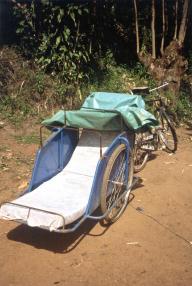
Agriculture
June 22, 2024
Namibian Bicycle Ambulance
Read SolutionImplemented by
Bicycle Empowerment Network (BEN) Namibia
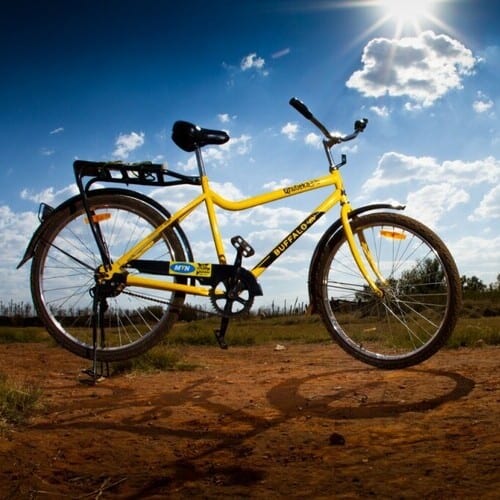
Updated on June 22, 2024
·Created on June 21, 2016
The Buffalo Bicycle is designed to help users overcome the lack of mobility options suitable for long distances in rural areas.
Buffalo Bicycles are designed for people in rural areas travelling long distances over difficult terrain. The bicycles are capable of carrying heavy loads and are designed to be compatible with locally available spare parts to allow for proper maintenance.
Target SDGs
SDG 3: Good Health and Well-Being
SDG 4: Quality Education
Market Suggested Retail Price
$205.00
Target Users (Target Impact Group)
Household
Distributors / Implementing Organizations
World Bicycle Relief
Competitive Landscape
Direct competitors include Mozambikes.
Regions
Africa, South America, Southeast Asia
Manufacturing/Building Method
Buffalo Bicycle components are sourced from manufacturers who produce each part to World Bicycle Relief's specifications. The parts are shipped to facilities globally, where bikes are mass produced by trained assemblers and delivered locally.
Intellectural Property Type
Trademark
User Provision Model
Buffalo Bicycles are distributed through two key means: nonprofit programs funded by global supporters that provide the bikes for students, health workers and entrepreneurs; and social enterprise sales to organisations, businesses and individuals.
An example of their nonprofit initiatives is their education program. Built together with local Bicycle Supervisory Committees (BSCs) which consist of 10-12 community leaders, village elders, teachers, parents, and students who select bicycle recipients, enforce beneficiary contracts and monitor the sustainability elements of the program.
Distributions to Date Status
As of 2020, 500,000+ bikes have been distributed across Africa, South America and Southeast Asia.
Capacity
1
Gear Ratio
Single speed
Maximum load capacity (kg)
100 kg
Design Specifications
Each bike weighs ~22 kg, and has a rear carrier rack that can hold up to 100 kg. The frame, made from oversized 15 gauge steel tubing, has a dipped top tube to suit riders as young as 9. The bike is designed for compatibility with locally available spare parts. They have puncture resistant long-wear tires, heavy gauge spokes and rims.
Additional design specifications are available in the comparison PDF which can be found in the references section.
Technical Support
Trained field mechanics ensure access to maintenance and spare parts.
Replacement Components
The bike is designed for compatibility with locally available spare parts. World Bicycle Relief (WBR) also work to improve distribution and access of spare parts through a network of trained mechanics and local shops.
Lifecycle
Unknown
Manufacturer Specified Performance Parameters
To provide riders with better access to education, healthcare services and economic opportunities.
Vetted Performance Status
SRI Education evaluated the impact of WBR's Bicycles for Educational Empowerment Program (BEEP) in their South Africa opportunity study. The study includes findings such as: dramatic reductions in travel time to school reported by students given the bikes; an increase in on-time arrival at school with 95% of students saying they were less likely to be late; and claims of widespread improvement in academic performance, with 88% of learners reporting improved grades. Improvements were attributed to the students having more time for studying, reduced fatigue and increased concentration.
Safety
Potential hazards include traffic accidents or pedestrian crashes, especially when sufficient training has not been received. Users should follow any bicycle helmet legislations or use PPE that has the potential to mitigate injury after a crash, or use other interventions to actively promote safe cycling.
Complementary Technical Systems
It is possible for a cart to be attached to the bicycle to transport goods. There are also a range of attachments available to be hitched to a bicycle for agricultural productivity, as well as technology that harnesses the kinetic energy of motion to produce electricity (i.e. dynamo phone chargers).
Academic Research and References
This paper uses World Bicycle Relief as one of the main examples of social enterprise strategies:
Yang, Y. and Wu, S., 2015, An Exploratory Study to Understand the Internationalization Strategies of Social Enterprises, Journal of Social Entrepreneurship, 6:1, pp. 31-41. DOI: 10.1080/19420676.2014.954255.
The Bike. n.d. World Bicycle Relief.
Sustainability – World Bicycle Relief. n.d. Worldbicyclerelief.org.
Social Enterprise. n.d. World Bicycle Relief.
Bowden, Alex. 2020. World Bicycle Relief Has Now Distributed 500,000 Buffalo Bikes in Developing Nations. Road.cc, February 22, 2020.
Dobson, Hannah. 2017. Bike Check: Buffalo Bike. Singletrack World, June 12, 2017.
World Bicycle Relief. 2016. Buffalo Bicycles. Engineeringforchange.org. World Bicycle Relief.
World Bicycle Relief. 2012. Bicycle Maintenance Manual. Buffalobicycle.com. World Bicycle Relief.
Relief, World Bicycle. n.d. Increasing Access through Buffalo Bicycle Shops. World Bicycle Relief. September 25, 2019.
Education & Learning – SRI. n.d. SRI. n.d.
Murphy, Robert, Linda Shear, Adi Greif, Tim Podkul, Braimah Bello, and Tichaona Mhembere. 2016. Evaluation of World Bicycle Relief’s Bicycles for Educational Empowerment Program: South Africa Opportunity Study. SRI.com. Menlo Park, CA: SRI Education.
Denham, Alee. 2023. List of Hub Dynamo USB Chargers That Power Your Electronics While You Ride. CYCLINGABOUT.com. November 4, 2023.
Monitoring and Evaluation. n.d. World Bicycle Relief.
Impact Reports. n.d. World Bicycle Relief.
Compliance with regulations
Unknown
Evaluation methods
The manufacturer engages with partners, riders and mechanics to assess whether programs achieve their intended outcomes. Impact and sustainability are measured by evaluating program usage and reviewing and monitoring project data from start to finish. For the product, they evaluate trends related to durability, cost of ownership and access to spare parts.
WBR submits yearly global impact reports, country reports and regular case studies which can be accessed in the references section.
Other Information
Global Cycling Network's videos on how a Buffalo Bicycle is built and the impact on communities.
WBR's YouTube channel shows case studies of Buffalo Bicycle users.
More information on WBR's Bicycles for Educational Empowerment Program (BEEP).

Agriculture
June 22, 2024
Implemented by
Bicycle Empowerment Network (BEN) Namibia
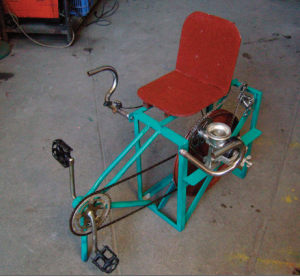
Agriculture
August 23, 2024
Implemented by
Mayapedal
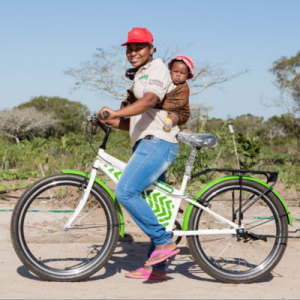
Agriculture
June 22, 2024
Implemented by
Mozambikes

Agriculture
May 22, 2024
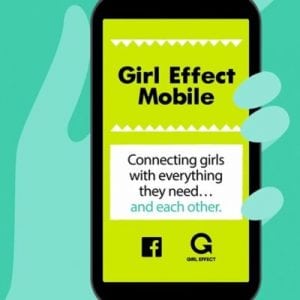
Agriculture
June 30, 2024
Implemented by
Girl Effect

Agriculture
June 27, 2024
Implemented by
Assist International
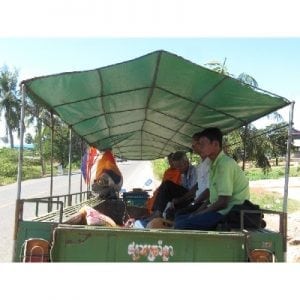
Agriculture
August 4, 2024
Implemented by
Partners for Development Taxi Service

Agriculture
November 30, 2024
Implemented by
Pivot Works Ltd.
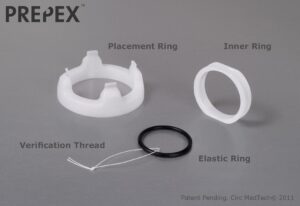
Agriculture
February 5, 2024
Implemented by
Circ MedTech

Agriculture
February 5, 2024
Implemented by
PlenOptika
Have thoughts on how we can improve?
Give Us Feedback